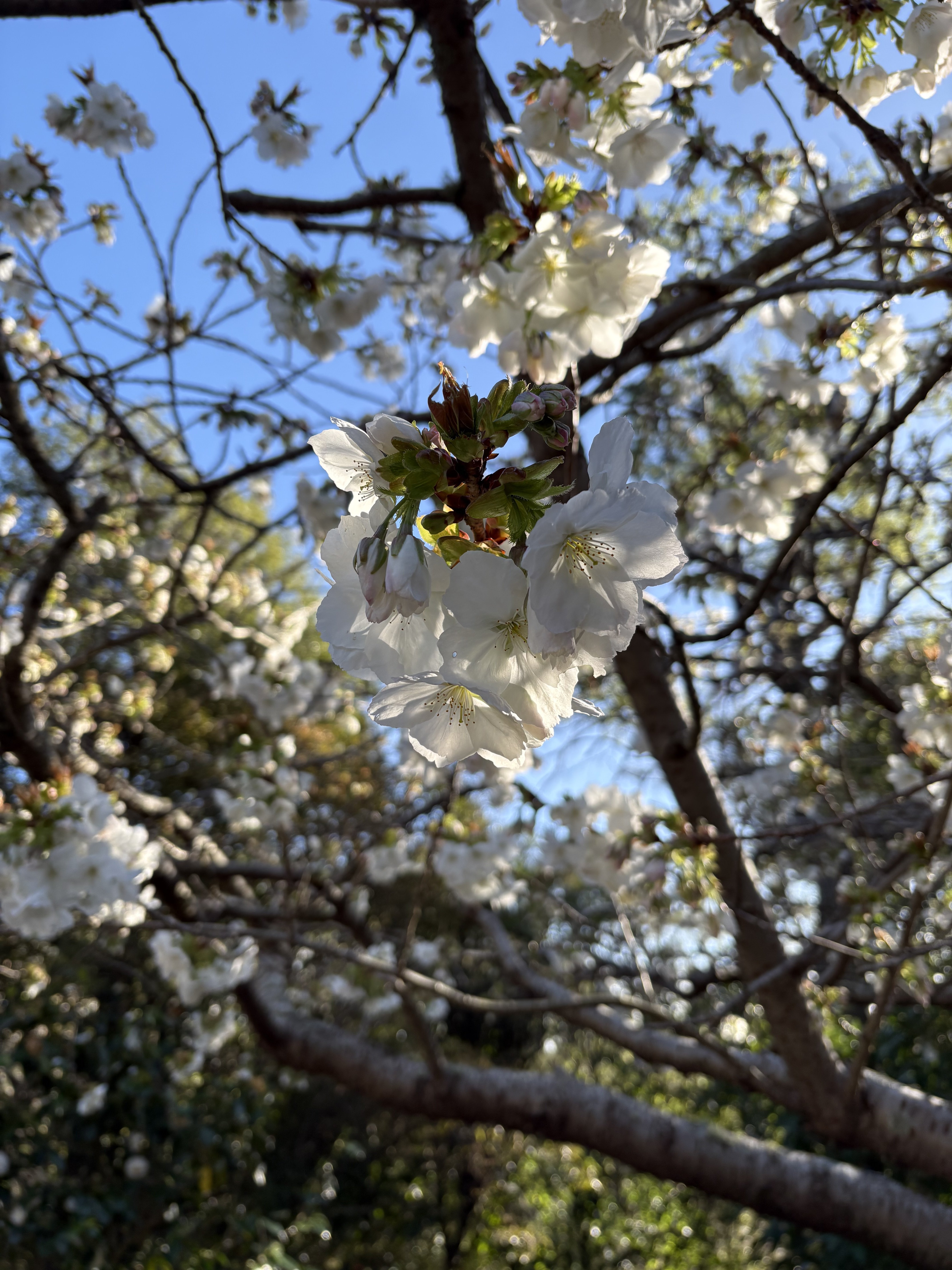In the Rhododendron Dell at the Dunedin Botanic Garden, it’s hard not to pause in admiration beneath the flowering cherry trees. Especially the
Prunus serrulata ‘Tai-haku’ ("great white cherry") which is celebrated for its immense single blossoms that appear in spring before the leaves fully emerge.
With its broad, spreading branches that are draped in sheets of pure white bloom and fresh green leaves that follow, it provides contrast through summer before turning shades of orange and crimson in autumn. There’s a quiet grandeur to it, a tree that feels both delicate and enduring at the same time.
Yet it’s the story behind ‘Tai-haku’ that makes it even more captivating. By the early 20th century the tree had disappeared from Japan, largely lost through changing fashions in gardening and urban development that removed old gardens. Because it relied on propagation rather than natural seeding, the variety nearly vanished entirely. Luckily, a lone specimen had been growing on the other side of the planet in an English garden and was discovered by Captain Collingwood Ingram, a passionate cherry enthusiast from Kent. Recognising its rarity, he propagated the tree and later sent young plants back to Japan in the 1930s, giving this extraordinary cherry a second chance at life.
Standing here in spring beneath its sweeping canopy, I can see why it has endured. The great white cherry isn’t just a spectacle of flowers, it’s a living story of resilience, care, and the ways in which gardens can preserve a piece of history.














